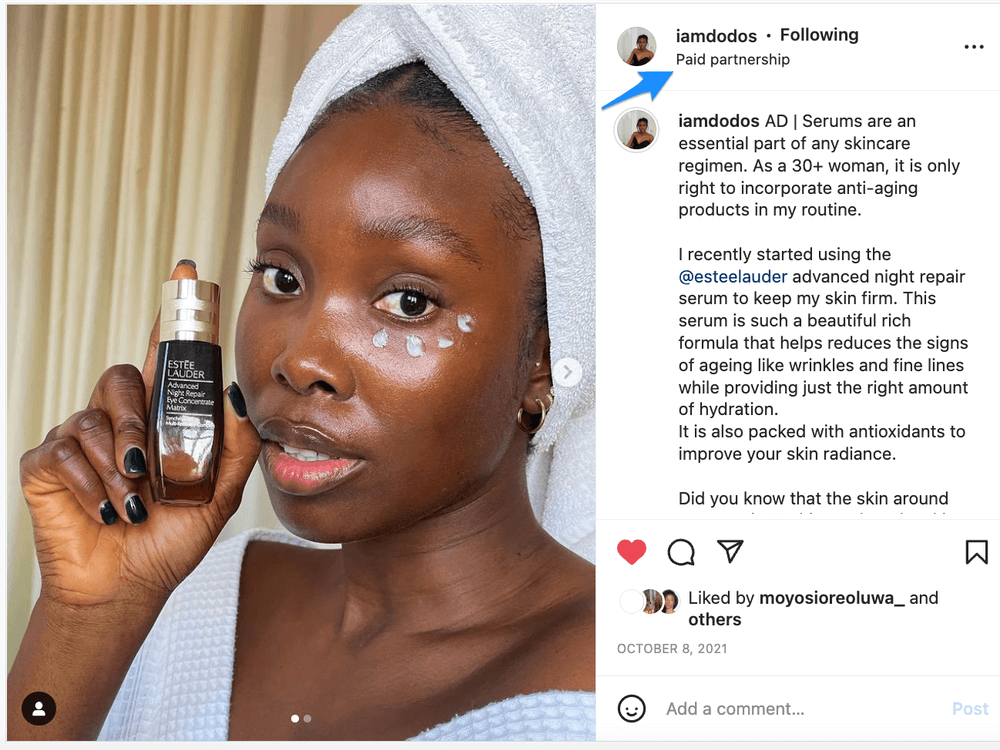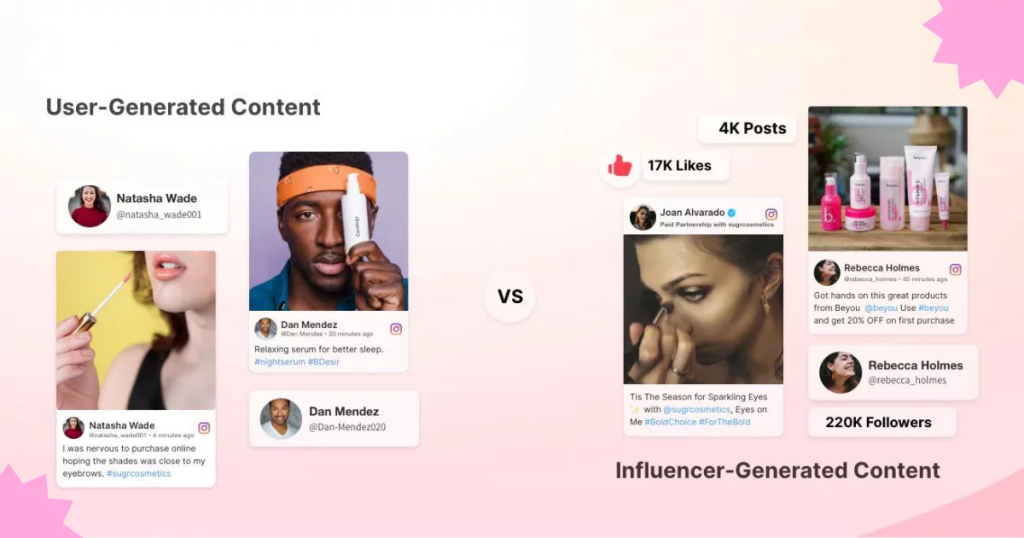In the digital age of e-commerce, user-generated content (UGC) has emerged as a powerful force. Among the various forms of UGC, customer reviews and photos play a crucial role in influencing purchasing decisions and driving sales. Let’s explore how these elements have become essential for businesses in the online marketplace.

I. The Power of User-Generated Content in E-commerce
A. What is User-Generated Content?
- Definition and Types
User-generated content refers to any form of content, such as reviews, photos, videos, or testimonials, that is created by customers rather than the brand itself. In the context of e-commerce, customer reviews are written feedback about a product or service, while customer photos showcase the product in real-life situations. For example, a customer might write a review about a new smartphone, sharing their experience with its features, and also upload a photo of the phone in use. - The Shift in Marketing Dynamics
The rise of UGC has shifted the marketing dynamics in e-commerce. In the past, brands relied mainly on their own marketing messages and advertising. However, today’s consumers are more likely to trust the opinions and experiences of their peers. UGC provides an authentic and unbiased perspective, which has a significant impact on how consumers perceive a brand and its products.
B. Why User-Generated Content Matters
- Building Trust and Credibility
Customer reviews and photos help build trust and credibility for a brand. When potential customers see positive reviews and real photos of a product, they are more likely to trust that the product is of good quality. For instance, if a beauty product has numerous positive reviews from real customers and photos showing how it looks on different skin tones, it gives new customers more confidence to make a purchase. - Enhancing Brand Authenticity
UGC makes a brand appear more authentic. It shows that real people are using and enjoying the products. Brands can no longer rely solely on polished marketing materials; instead, they need to embrace the raw and genuine nature of UGC. For example, a clothing brand that showcases customer photos of people wearing their clothes in everyday situations comes across as more relatable and authentic.
II. How Customer Reviews Drive Sales
A. Influencing Purchase Decisions
- Providing Information and Social Proof
Customer reviews provide valuable information to potential buyers. They can answer questions about product features, sizing, durability, and more. Additionally, positive reviews act as social proof. When a customer sees that many others have had a good experience with a product, they are more likely to follow suit. For example, a hotel with numerous positive reviews about its cleanliness, service, and location is more likely to attract new guests. - Addressing Concerns and Objections
Reviews can also address potential concerns and objections that customers may have. If a product has a common issue, such as a particular fragrance being too strong in a perfume, and a review mentions how to overcome that issue or that it’s not a problem for most people, it can ease the customer’s worries and encourage them to buy.
B. Improving Search Engine Rankings
- Keyword – Rich Content
Customer reviews often contain a variety of keywords related to the product. Search engines like Google take these reviews into account when ranking pages. For example, if a customer mentions specific features of a laptop in a review, such as “long battery life” or “fast processor,” these keywords can help the product page rank higher for relevant search queries. - Fresh and Relevant Content
Regularly updated customer reviews add fresh and relevant content to a website. Search engines favor websites that provide new and useful information. By having a continuous stream of customer reviews, an e-commerce site can improve its search engine rankings, making it more visible to potential customers.

III. How Customer Photos Drive Sales
A. Visualizing the Product
- Enhancing Product Understanding
Customer photos allow potential buyers to visualize the product in real life. A product image provided by the brand may look perfect, but customer photos show how the product actually appears in different settings and on different people. For example, a furniture brand’s product photos may look great in a studio setting, but customer photos of the furniture in their homes can give a better idea of its size, color, and how it fits into a real living space. - Inspiring Purchase Ideas
These photos can also inspire purchase ideas. When a customer sees a photo of a product being used in a creative or appealing way, it can trigger their desire to own the product. For instance, a photo of a person using a particular makeup product to create a stunning look may inspire others to buy the same makeup to achieve a similar result.
B. Creating Emotional Connections
- Relatability and Aspiration
Customer photos create a sense of relatability and aspiration. When customers see others who are similar to them using a product and looking happy or satisfied, it creates an emotional connection. For example, a fitness brand that showcases customer photos of people achieving their fitness goals with its products can inspire others to start their own fitness journey and purchase the products. - Building a Community
Sharing customer photos can also help build a community around a brand. Customers feel a sense of belonging when they see their photos on a brand’s website or social media. This can lead to increased brand loyalty and more word-of-mouth marketing, ultimately driving sales.
IV. Strategies for Encouraging User-Generated Content
A. Incentivizing Customers
- Offering Rewards
Brands can offer rewards such as discounts, free products, or loyalty points to customers who leave reviews or upload photos. For example, a clothing store might offer a 10% discount code to customers who write a review and attach a photo of themselves wearing the clothes they purchased. - Running Contests
Contests are another effective way to encourage UGC. Brands can run photo contests where customers are asked to submit photos of a product in a specific theme or situation. The winners can receive prizes, and the brand gets a wealth of user-generated content to use for marketing.
B. Making it Easy to Share
- User-Friendly Platforms
E-commerce platforms should be user-friendly and make it easy for customers to leave reviews and upload photos. The process should be simple and intuitive, with clear instructions. For example, the review section should be easily accessible on the product page, and the photo upload feature should work smoothly on both desktop and mobile devices. - Social Media Integration
Integrating with social media platforms can also make it easier for customers to share their experiences. Brands can encourage customers to share their photos and reviews on social media using specific hashtags. This not only increases the reach of the UGC but also helps in building a social media presence.

In conclusion, user-generated content, especially customer reviews and photos, has a profound impact on driving sales in e-commerce. By understanding how these elements work and implementing strategies to encourage them, brands can build trust, improve their search rankings, and create a more engaging and successful online shopping experience. As consumers continue to rely on the opinions and experiences of their peers, UGC will remain a vital component of e-commerce marketing.



